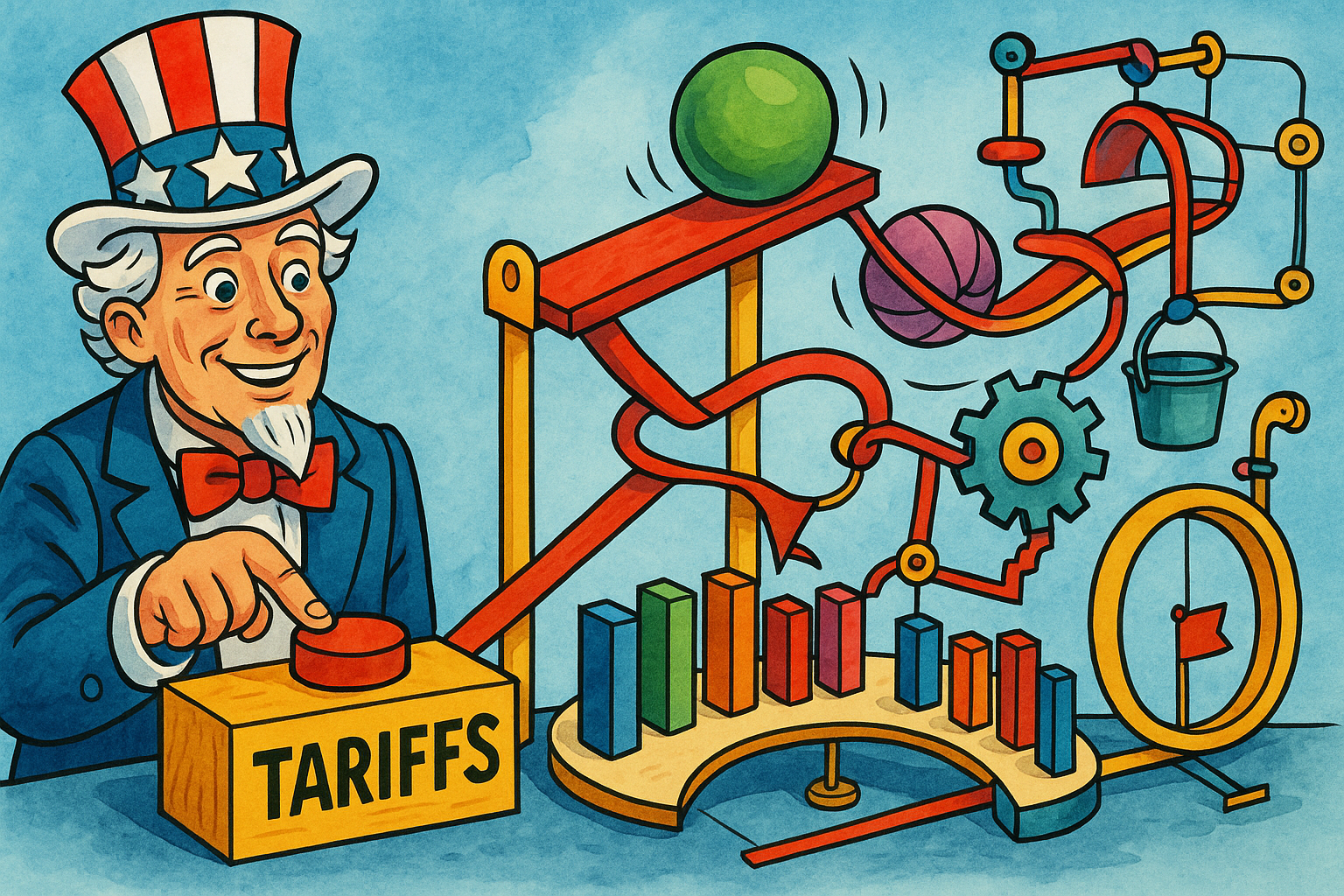Coronavirus Update: Investing in the Time of COVID-19

One morning over 18 ½ years ago, I sat sleepily in front of a computer at my home in New Jersey, lazily sweeping my mouse across the screen as I planned a move to Colorado and applied for jobs on a sleek new online service called Monster.com. Suddenly, my front door swung open and I heard rapid footsteps approaching from down the hallway until I saw Jeff – one of my best friends since I was 5 years old – standing in the doorway of my home office. Always a salesman, Jeff was dressed for work in a jacket, shirt and tie, but gone was his easy smile and typical cool demeanor. Pale-faced, Jeff looked at me with near-frantic eyes and said “Tim – you haven’t seen? Dude, we’re under attack!” In a fog, Jeff and I moved to the living room, turned on the news and watched video replays as one airplane, then another, flew into the twin towers at the World Trade Center in New York City.
Several weeks ago when the COVID-19 pandemic quickly escalated, I was emailing with Destiny Capital’s Investment Committee when our company’s Founder, Steve Musick, replied to the group with a single line – this feels like 9/11. When experiencing a crisis in the moment, it’s difficult to gauge emotional impact when absorbing body-blow after body-blow as markets sell-off and alarming news is updated by the minute. Still, now that we are settling into our new normal, many of us are starting to get a sense for how this COVID-19 crisis feels. I’m starting to think – Steve was onto something. After 9/11, many of us feared that the worst was yet to come. Airplanes were grounded, anthrax mailings were being reported, and there was a general fear that terrorist cells had infiltrated every town in America, large or small. In short, immediately after 9/11, there was the general sense that – This Changes Everything.
Once again, New York City is ground zero of a crisis and anxiety is sweeping across the country. When Steve wrote “this feels like 9/11″, he may have been referring to the immediate panic in financial markets and a general fear of the unknown. Yet, as the COVID-19 crisis continues, I see some other parallels to 9/11. However, instead of firefighters and police, we see doctors and nurses rushing to the front lines, putting their own health at risk in order to save others. Instead of government & military intelligence tracking down an enemy, we have industry and science working together to produce PPE, uncover treatments and find a cure. I see families, friends and communities finding new ways to communicate, coordinate, support and help one another. If there’s one constant, it’s that crisis tends to bring out the best in many of us.
Let’s be honest, though – the coming weeks are going to be challenging as we see a significant spike in both COVID-19 cases and fatalities in the United States. The economic realities of a pandemic are starting to emerge in new data. There’s no sugar coating this – we are on the precipice of what will be a very challenging and emotional few weeks – particularly if we start to see fatalities in the range of 100k-240k as recently released by the government’s COVID-19 task force. Our goal throughout this process is to keep you educated and informed, and we will continue to do so throughout this crisis. As we have in prior weeks, we will begin with an update on the coronavirus with up to the minute data.
COVID-19 Update (as of 4/3/2020) – As of this writing, there are 1.05 million cases of COVID-19 across the globe. As expected based on trajectory data, the United States has overtaken every other country in the world for the most confirmed COVID-19 cases at 257,000 which, obviously, is nearly a quarter of all cases throughout the world. In the United States, there have been roughly 6,500 fatalities, with nearly 40% of these deaths concentrated in New York State. As seen in the chart below (excluding data from China) the weekly growth rate of COVID-19 appears to be slowing, while the mortality rate continues to inch higher. This helps to stress the necessity of the severe social distancing measures that have been implemented in many parts of our country. These social distancing measures are severely impacting certain sectors of our economy, which leads us to our next topic – jobless claims and unemployment.

(Source: JP Morgan Asset Management)
Jobless Claims & Unemployment – While the spike in initial jobless claims is unprecedented, it’s not necessarily unexpected. On March 26th, it was reported that there were nearly 3.3 million initial jobless claims in the U.S. This number grew another 6.6 million based on the report released on April 2nd. Historically speaking, these numbers are staggering. To put them into perspective, the largest number of initial jobless claims during the Great Recession was 660,000.
Simply put, we expect initial jobless claims and unemployment in the United States to go even higher. In 2008, sectors like hotels & tourism, entertainment, transportation, restaurants & bars, and retail were all affected by the great recession as revenues dipped significantly. However, with COVID-19, we saw restaurants, bars, and movie theaters shutter within days. Airports remain deserted and airlines are proactively offering credits to reschedule existing travel plans.
As illustrated in the chart below, sectors like retail, restaurants & bars, entertainment, transportation and hotels & tourism had over 30 million employees as of January 2020. These sectors make up 20% of all payroll jobs in the U.S. and have been largely responsible for the rise in jobless claims witnessed over the past two weeks.

(Source: JP Morgan Asset Management)
Most financial institutions estimate that unemployment will rise to somewhere between 10%-15% this year, and these estimates seem likely given the current trajectory of COVID-19 in the United States. The question we must then ask is – what does this mean for the economy and for investors?
COVID-19: Impact & Earnings – When it boils down to it, stock investing is all (or mostly) about earnings. Generally speaking, investors want to own a company that is profitable now and/or that expects to be highly profitable in the future, and this is often evaluated and measured using earnings. One topic we touched on last week was the market’s relatively muted reaction to the sharp rise in initial jobless claims. We believe that one of the reasons why we aren’t seeing markets sell off immediately and drastically due to these unprecedented jobless claims is partly due to the business sectors that have been immediately affected by the COVID-19 pandemic.
Last week we looked at these sectors as a percentage of U.S. GDP. This week, we are looking at these sectors as a percentage of S&P 500 operating earnings. As seen in the chart below, targeted sectors like hotels & tourism, airlines/cruises, entertainment, restaurants & bars, and retail (ex food & beverage) make up only 7% of S&P 500 operating earnings. Therefore, the market’s reaction has been a bit more subdued than it might’ve been if sectors like finance, technology and construction were immediately impacted by COVID-19 and unemployment spiked as a result.

(Source: JP Morgan Asset Management)
Clearly, it is far too early to tell how COVID-19 will impact the earnings of other business sectors outside of those detailed in the chart above, and this is something we will be watching closely as social distancing continues and the COVID-19 pandemic becomes more and more protracted.
Investing in the Time of COVID-19 – It’s often in the depths of fatigue and exhaustion when we make rash, emotional decisions. I recall the time when my son was 1-month old and my wife and I hadn’t slept for more than 90 consecutive minutes in weeks. At that zenith of exhaustion, there were times when we contemplated putting our little bundle o’ joy on the front stoop of the fire station, pressing the doorbell, then running home to our warm, comfy, inviting beds. I’m being facetious, of course, but after weeks of social distancing and general disruption to our daily lives, many of us may be feeling fatigued, exhausted, and on the verge of making emotional decisions. Worse yet, we all know that news about the health and safety of our fellow citizens is going to get more and more dire in the days and weeks to come.
During times when fear and emotion begin to cloud judgement, it can be helpful to lean on facts and data – and the data tells us that there will be an end to this. The chart below details averages from the previous 4 bear markets, and shows returns in the 12-months prior to a bear market, returns during the drawdown, then returns in the 12-months after the bear market.

(Source: JP Morgan Asset Management)
I’ve said it many times before, but it’s worth repeating – I will always bet on the resiliency and ingenuity of the American economy. Ingenuity doesn’t only have to come in the form of a COVID-19 vaccine. We are a nation of problem solvers, and solutions to help this crisis could come in the form of rapid at-home testing, therapeutics to help with severe symptoms, dog-like recovery collar/cones for all humans to keep us from touching our faces. All kidding aside, if 2020 is ‘The Year of the Virus’, 2021 will be ‘The Year of the Recovery’. We know there will be an end to this pandemic, and the subsequent economic recovery will likely be swift and sudden. In the meantime, we are here to help you in any way we can. As I said earlier, it’s helpful to lean on data and facts in times of emotional uncertainty, so we encourage you to reach out to your advisory team if you have any questions about how this COVID-19 pandemic affects you, your family, and your financial future. Be safe, be well, and we will continue to communicate with you in the days and weeks ahead.
Share this
Stay Ahead with Smart Investments
Learn how to invest wisely and minimize risks to protect your retirement savings.
Achieve Your Retirement Goals
Get personalized advice to meet your retirement goals. Book your call with Destiny Capital now.




